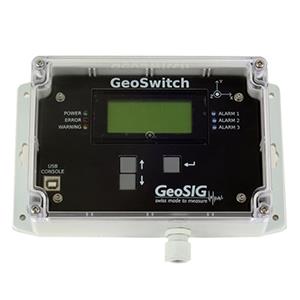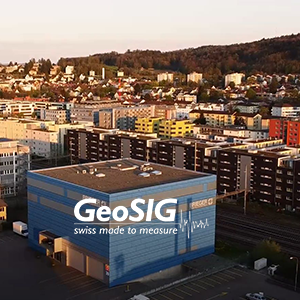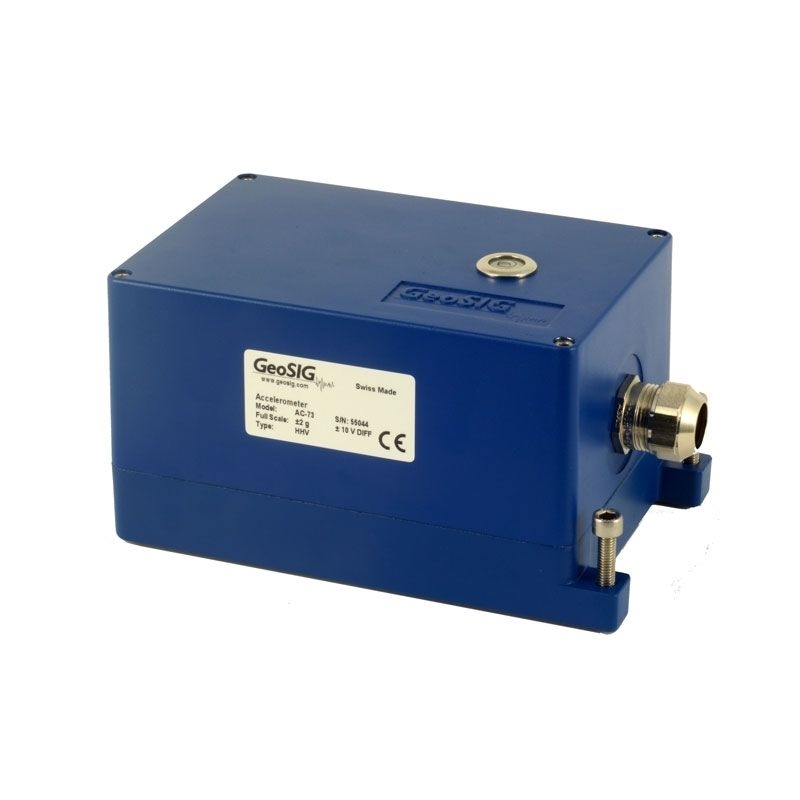
Download Seoul National University of Education Case Study
Background
The National Disaster Management Institute (NDMI) in South Korea wanted to obtain and develop a low cost monitoring system that would be able to improve the SHM of structures and to adequately increase the spread of the structural performance all around Korea. Studies were needed to provide the necessary information.
Challenge
Previous studies had been done of wavelet analysis in measuring structural dynamic response signals and damage detection, seismic responses of a multi-span structure based on wavelet analysis, seismic load effects of soil structure interaction on base-isolated nuclear structure, and wavelet analysis on seismic signals.
In the study by Kaloop, Hu, Sayed and Seong*, researchers aimed to assess the structural performance of the administrative building in Seoul National University of Education during earthquake shaking, investigating the structural performance based on a novel and simple application of nonparametric and parametric statistical methods and wavelet analysis. In addition, the assessment of the acceleration responses of the building were presented based on analysing the wavelet energy content. They also checked the safety of the building and the low cost acceleration monitoring system efficiency.
Solution
The structure studied was the 7-storey main administrative building at Seoul National University of Education. It is a reinforced concrete building with a total height of 26.5m; the building has extensions in all directions. The components of the SHM system included GeoSIG’s AC-7x series accelerometer fixed on the roof, a GMSplus6 data logger with built-in accelerometer and storage PC fixed in the basement, and an AC-7X series accelerometer at free-field (ground) point – 13.26m from the building. The recorded data were digitised by the 24-bit analog-to-digital converters of the GMSplus6 and then sent through a Bluetooth module and access point. All measured data were collected and then stored in secure digital memory. One-channel acquisition devices were used in the study, whereas each acquisition device is synchronised by a signal sender from a computer at each time.
The statistical and wavelet analysis methods were applied to investigate and assess the performance of the building during shaking, and the results implied the elasticity of the deformation responses of the building during the earthquake event. The conclusions drawn from the study included a proposition for a low cost acceleration SHM system to assess the structural performance of the University’s administration building. The results indicated that the proposed low cost acceleration monitoring system, which consisted of three acceleration sensors, data-loggers, and a storage PC, had proven its efficiency in investigating and assessing the structural performance of the building during earthquake shaking.
Another solution using GeoSIG instruments, effectively showing that quality and reliability can also be cost-effective.
* Mosbeh R. Kaloop, Jong Wan Hu, Mohamed A. Sayed, and Jiyoung Seong, “Structural Performance Assessment Based on Statistical and Wavelet Analysis of Acceleration Measurements of a Building during an Earthquake,” Shock and Vibration, vol. 2016, Article ID 8902727, 13 pages, 2016. https://doi.org/10.1155/2016/8902727.


































